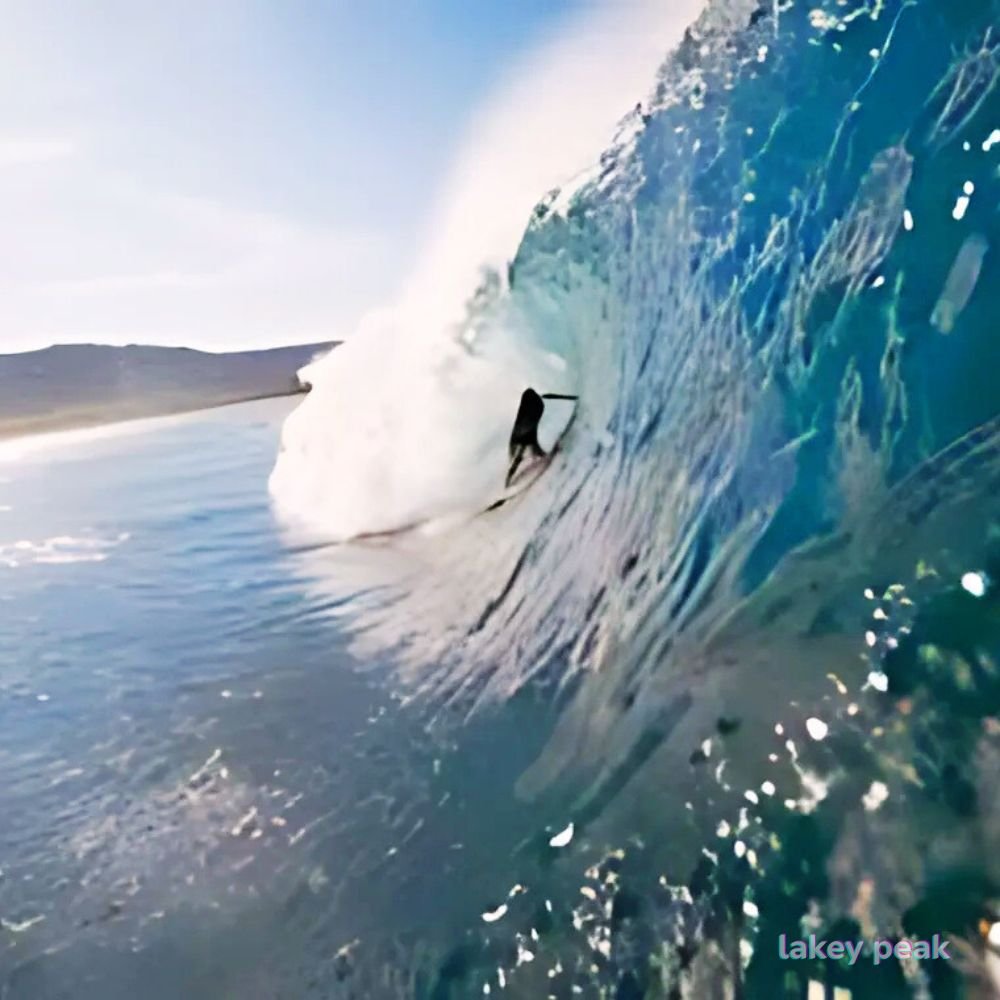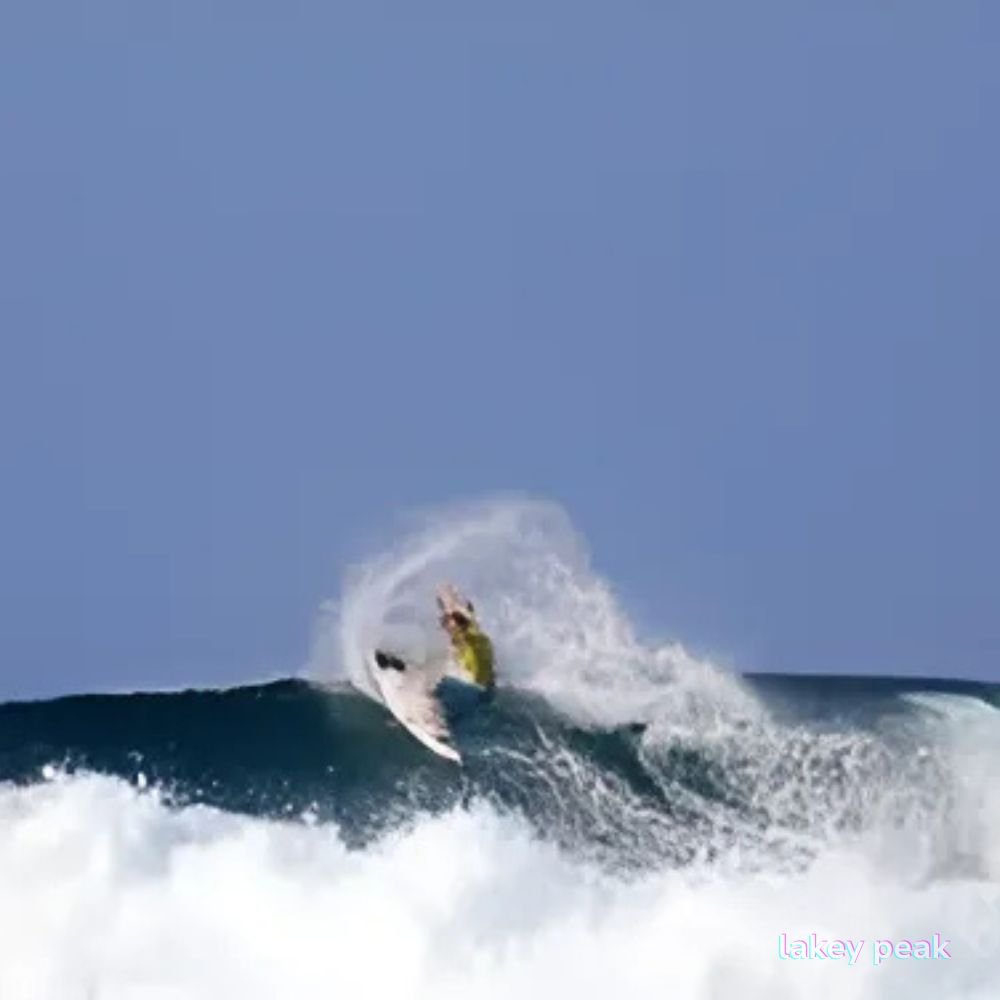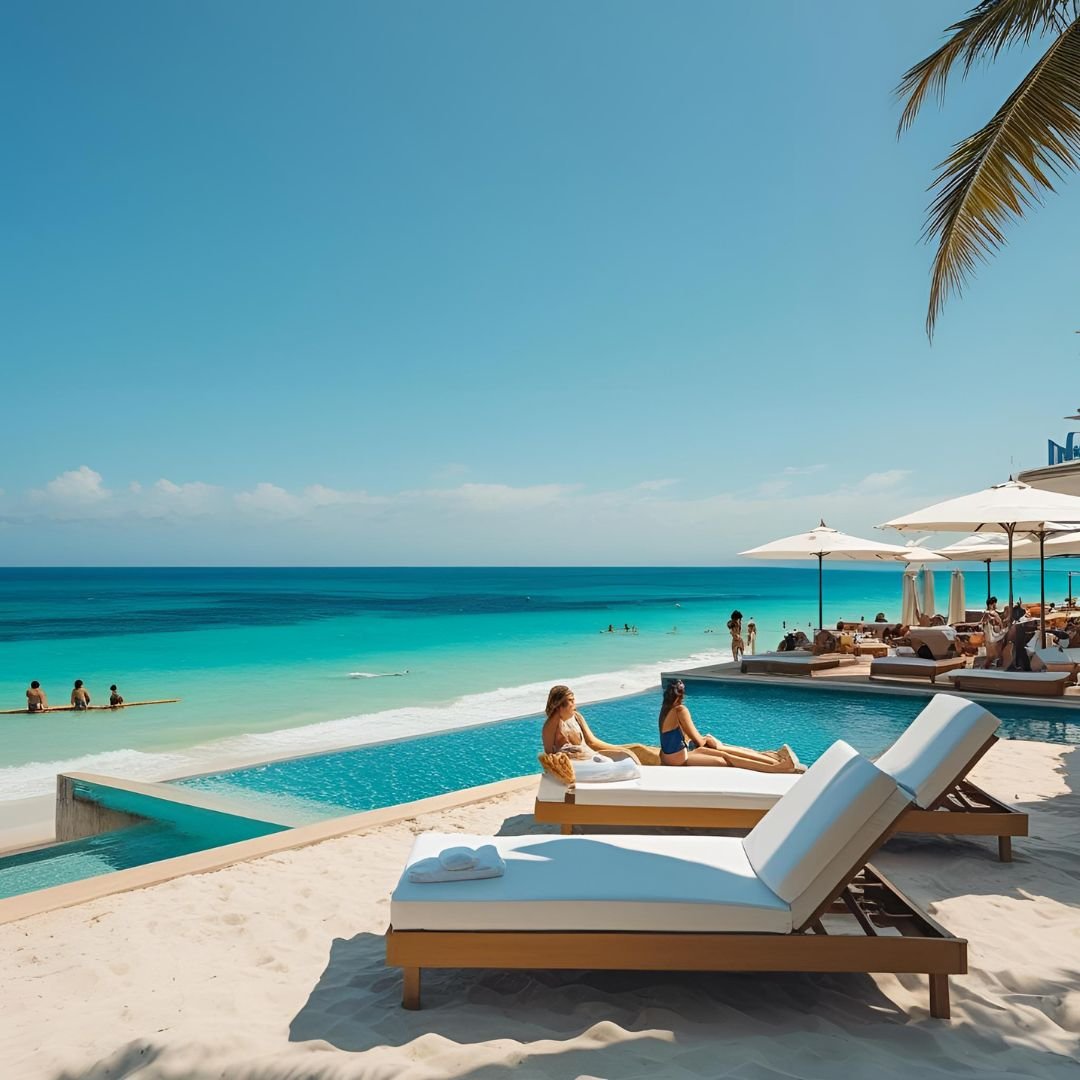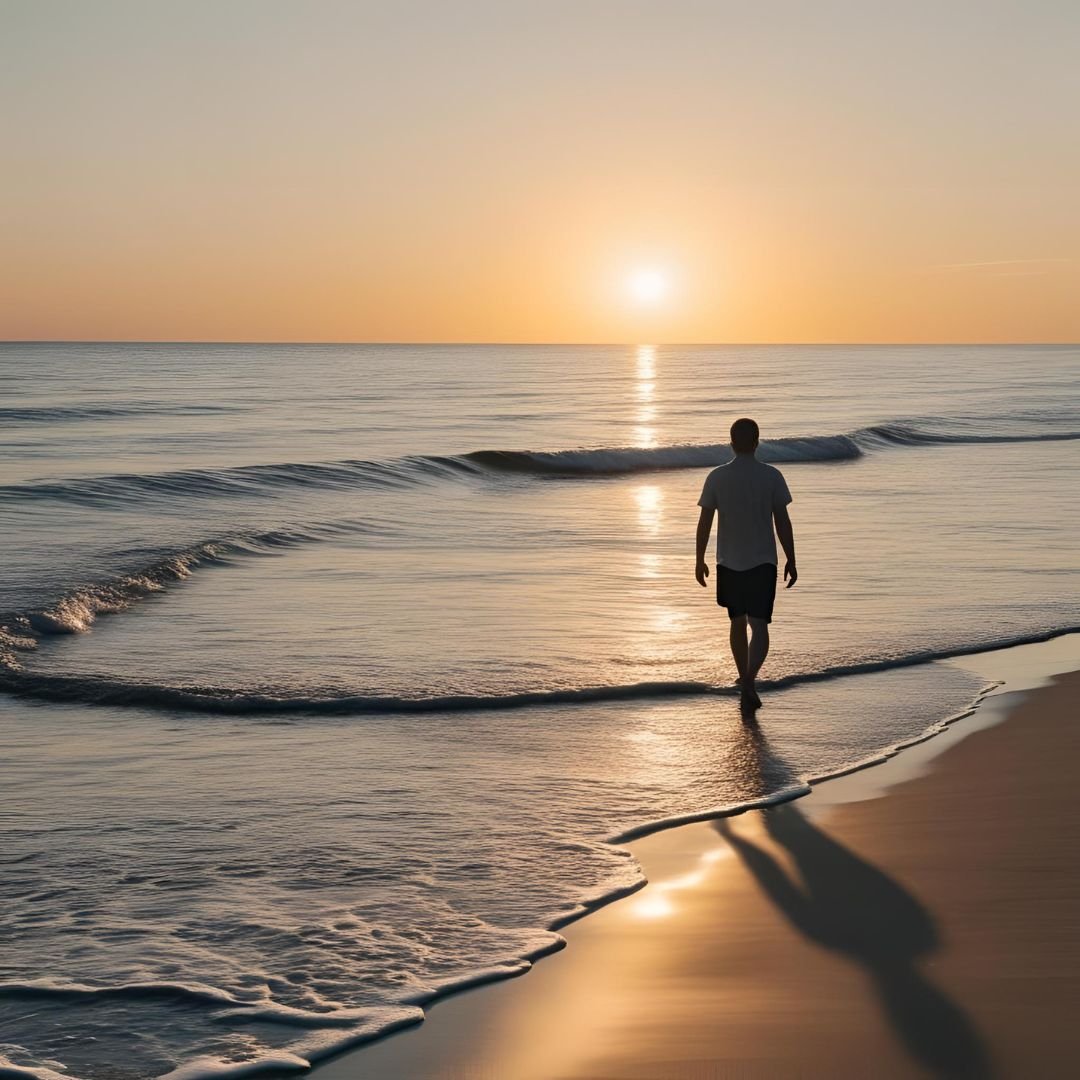Understanding Lakey Peak’s: A Surfer’s Paradise
Lakey Peak Surf Trip is a dream for surfers worldwide. Nestled along the pristine coastline of Indonesia, Lakey Peak’s has emerged as one of the country’s best-kept secrets for surf enthusiasts worldwide. With its consistent breaks, diverse wave conditions, and breathtaking natural scenery, this surfing haven offers something for everyone, from beginners looking to catch their first wave to seasoned professionals seeking challenging barrels. The key to a successful surf trip, however, lies in understanding the local wave conditions and weather patterns that make Lakey Peak’s unique.
Seasonal Wave Patterns at Lakey Peak
Lakey Peak’s experiences two distinct surf seasons, each offering different wave characteristics that cater to various skill levels. The primary surf season runs from April to October, coinciding with the dry season. During these months, the southeast trade winds generate consistent swells that create perfect right-hand breaks along the main beach. Wave heights typically range from 3 to 6 feet, with occasional larger sets reaching up to 8 feet during peak months (June-August).
The secondary season spans from November to March during the wet season. This period brings more unpredictable conditions but also rewards patient surfers with uncrowded breaks and the possibility of exceptional surfing days. The northwest monsoon winds create different wave dynamics, often resulting in left-hand breaks at the northern point of Lakey Peak’s. Wave heights during this period generally range from 2 to 5 feet, making it ideal for intermediate surfers looking to improve their skills.

sponsor: Digital Agency
Weather Considerations for Your Trip
Temperature at Sumbawa remains relatively constant throughout the year, hovering between 75-90°F (24-32°C). However, humidity levels fluctuate significantly between seasons. The dry season (April-October) offers comfortable conditions with lower humidity and minimal rainfall, usually limited to brief afternoon showers. Water temperature stays pleasant at around 79-84°F (26-29°C), eliminating the need for wetsuits.
The wet season (November-March) brings increased humidity and regular rainfall, typically in the form of intense but short-lived afternoon downpours. Despite these conditions, mornings often remain clear, providing excellent opportunities for dawn patrol sessions. Occasional storms may interrupt surfing for 1-2 days, but they also contribute to the lush tropical landscape that makes Lakey Peak’s so captivating.
Best Breaks by Wind and Swell Direction
Lakey Peak’s offers multiple surf spots that respond differently to varying wind and swell conditions:
- Main Point: Works best with southeast winds and southwest swells. This right-hand point break offers long rides up to 300 meters during optimal conditions. Best during mid to high tide.
- Coconut Bay: Protected from stronger winds, this spot works well during the wet season with northwest swells. Perfect for beginners and intermediates with its forgiving beach break.
- Reef Pass: Reserved for experienced surfers, this powerful wave breaks over shallow reef and requires southeast swells with light offshore winds. Delivers fast, hollow barrels during low to mid tide.
- Secret Beach: Located on the island’s northern side, this break works exceptionally well during the transition periods between seasons (March-April and October-November) when wind directions are variable.
Planning the Perfect Timing
For those seeking the most consistent conditions, plan your trip between June and September. This period offers the highest probability of quality waves with offshore morning winds and reliable swells. Early risers will be rewarded with glass-like conditions before the sea breeze picks up around mid-day.
If avoiding crowds is your priority, consider the shoulder seasons of April-May or October. These months still deliver excellent surf conditions while attracting fewer visitors. Alternatively, brave surfers willing to contend with occasional rain will find near-empty lineups during December through February.
Local Insights and Forecasting Resources
Local surf guides recommend tracking swell forecasts 7-10 days before your trip. Reliable resources include specialized surf forecasting websites and apps that provide detailed projections for Lakey Peak’s breaks. Additionally, connecting with local surf camps can offer invaluable real-time insights about current conditions that online resources might miss.
Remember that Lakey Peak’s remote location means weather patterns can sometimes deviate from forecasts. Embracing flexibility in your surf schedule and having alternative activities planned will ensure your trip remains enjoyable regardless of conditions. With proper planning and an understanding of local weather patterns, your surf adventure at Lakey Peak’s promises to be an unforgettable experience filled with perfect waves and tropical paradise vibes.












